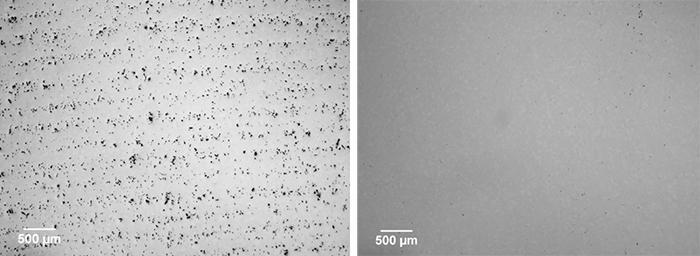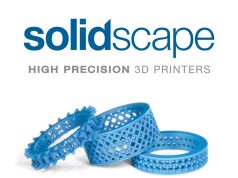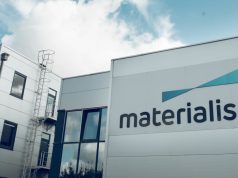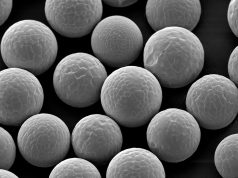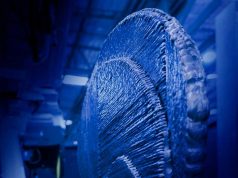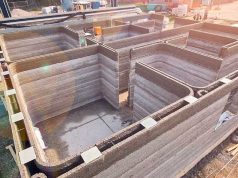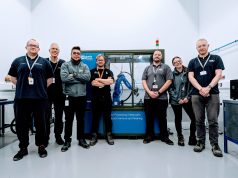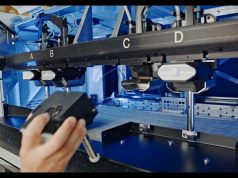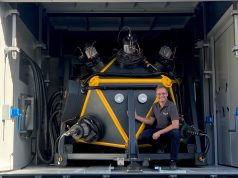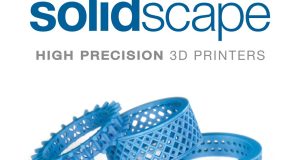The Australian company Titomic relies on post-processing using a HIP (Hot Isostatic Pressing) process for 3D printing titanium components. In cooperation with the research institution ANSTO, the material quality could be increased in this way.
Titomic uses commercially pure titanium in powdered form, rather than titanium-aluminum alloy powders, for its products. Titanium features a high strength-to-weight ratio and excellent corrosion resistance, but is difficult to transform into machined materials.
“Titanium is a very sensitive material, probably one of the worst in terms of being affected by other elements, it is particularly sensitive to the effects of oxygen,” explained former aerospace engineer, Neil Matthews AM, now Senior Technical Fellow at Titomic.
The main problem in additive manufacturing of titanium is the formation of pores during layer buildup, which can affect the material’s ductility.
“We have been investigating the use of post-processing and HIPing to reduce porosity in the titanium part to less than one percent, which is comparable to the standard for conventionally produced titanium aluminium alloys.”
The process involves applying a maximum pressure of 200 MPa to the material in an argon atmosphere. In addition, the use of particles with irregular shapes in cold spray was found to reduce build time and minimize void formation.
“Following the optimisation of the cold spray additive manufacturing process to provide maximum deposition efficiency and maximum bond strength at Titomic, we apply heat treatment to realign the grains and improve microstructure and then HIPing to increase density as post-processing steps,” said Mr Matthews.
Precise choice of parameters for HIPing is critical.
“We look at the optimisation of all parameters, particle size, particle velocity, and subsequent mechanical behaviour during additive manufacturing,” said Mr Matthews.
“We need specialists, such as ANSTO material scientists, to choose parameters, including temperature and pressure and isothermal hold time for the HIPing,” said Mr Matthews.
“ANSTO has over 30 years of operating expertise in HIP and manages Australia’s largest HIPing facilities. Our capability, which includes qualifying and characterising the performance of materials before and after the thermal treatment process, is a very useful capability for those in the manufacturing industry,” said Gerry Triani, Technical Director, ANSTO Synroc Technologies.
Hot isostatic pressing represents a promising method to improve the quality and performance of 3D printed titanium components. By specifically addressing material weaknesses such as porosity, this process brings additive manufacturing technologies one step closer to industrial applicability.
Subscribe to our Newsletter
3DPResso is a weekly newsletter that links to the most exciting global stories from the 3D printing and additive manufacturing industry.



